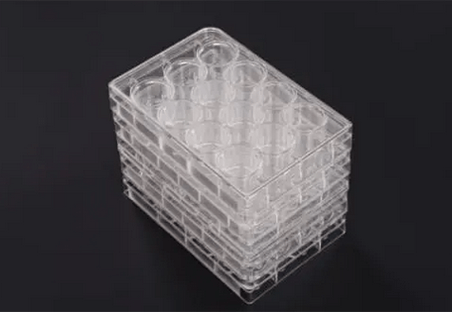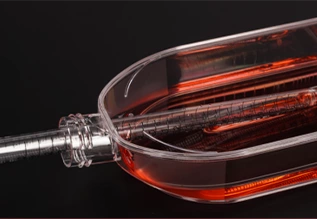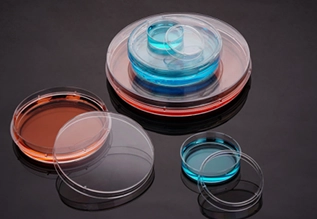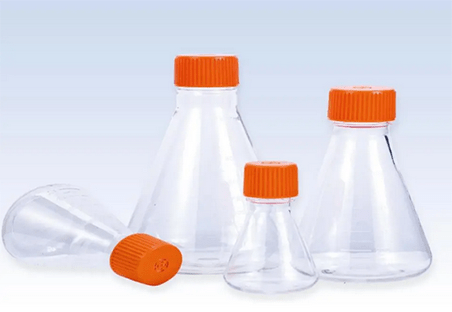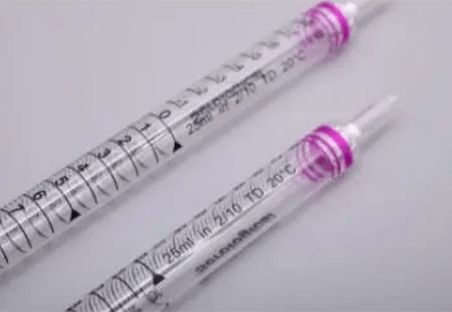Cell culture flasks are essential tools in the life sciences, providing a controlled environment for studying cell behavior and function. However, traditional plastic flasks have limitations, including poor cell adhesion, uneven growth, and potential leaching of harmful chemicals. To address these challenges, researchers have developed advanced treatments for cell culture flasks, including coatings, surfaces, and modifications.
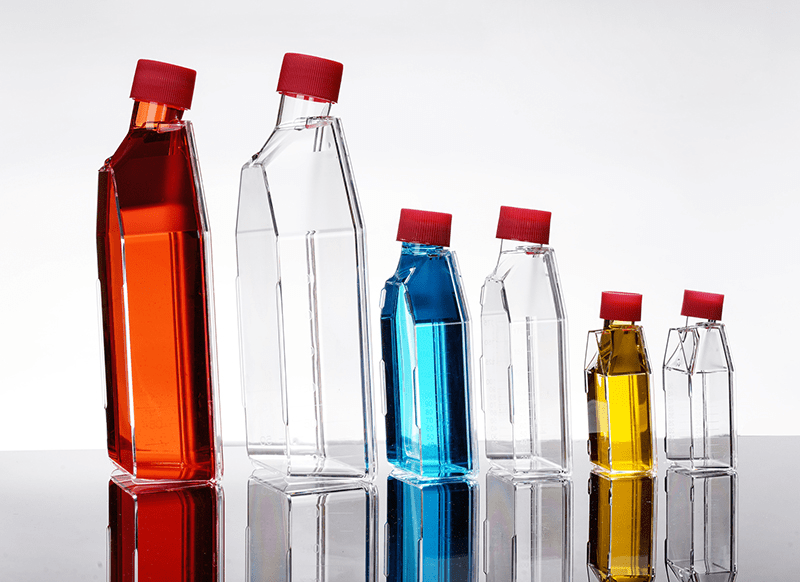
What are the Advanced Treatments for Cell Culture Flasks?
Coating of Cell Culture Flasks
Coating the surface of flasks with specific molecules can significantly improve cell attachment and proliferation. Common coating materials include:
- Extracellular matrix (ECM) proteins
These proteins mimic the natural environment of cells, promoting cell adhesion and spreading. Examples include collagen, fibronectin, and laminin.
- Synthetic polymers
These polymers are designed to provide specific functionalities, such as promoting cell adhesion or differentiation. Examples include poly-L-lysine, poly-D-lysine, and polyethyleneimine.
- Hydrogels
These gels provide a three-dimensional environment that promotes cell growth and differentiation. They can also be used to encapsulate cells for controlled release.
Surfaces of Cell Culture Flasks
The surface topography of a flask can also impact cell behavior. Some advanced flasks have textured surfaces that promote cell attachment and migration. Other flasks have patterned surfaces that can be used to create specific cell microenvironments.

Modifications of Cell Culture Flasks
Various modifications can be made to flasks to improve their performance. These include:
- Glow discharge plasma treatment: This treatment increases the surface area of the flask, improving cell attachment.
- Electropolymerization: This technique can be used to create thin films of specific polymers on the flask surface.
- Surface grafting: This involves attaching specific molecules to the flask surface to modify its properties.
Benefits of These 3 Treatments of Cell Culture Flasks
These advanced treatments offer several benefits for cell culture, including:
- Improved cell adhesion and growth
- More uniform cell distribution
- Reduced cell stress and apoptosis
- Enhanced differentiation and function
- Reduced risk of contamination
- Improved experimental reproducibility
Choosing the Right Treatment for Cell Culture Flasks
The best treatment for a particular application depends on the type of cells being cultured and the desired outcome. It is important to consider factors such as the cost, ease of use, and safety of the treatment.
- Future Directions
Research on advanced treatments for cell culture flasks is ongoing. New technologies are being developed to create even more effective and versatile flasks. These technologies include:
- Bioprinting
This technique can be used to create 3D structures that mimic the natural environment of cells.
- Nanotechnology
Nanoparticles can be used to deliver specific molecules to cells or modify the surface properties of flasks.
- Microfluidics
This technology allows for the precise control of the microenvironment of cells.
These advancements promise to further enhance cell culture research and lead to discoveries in the field of medicine.
Conclusion
Advanced treatments for cell culture flasks offer significant benefits over traditional plastic flasks. By choosing the right treatment, researchers can improve the quality and reproducibility of their cell culture experiments. As research continues, we can expect even more innovative treatments to emerge, leading to a better understanding of cell biology and disease.
